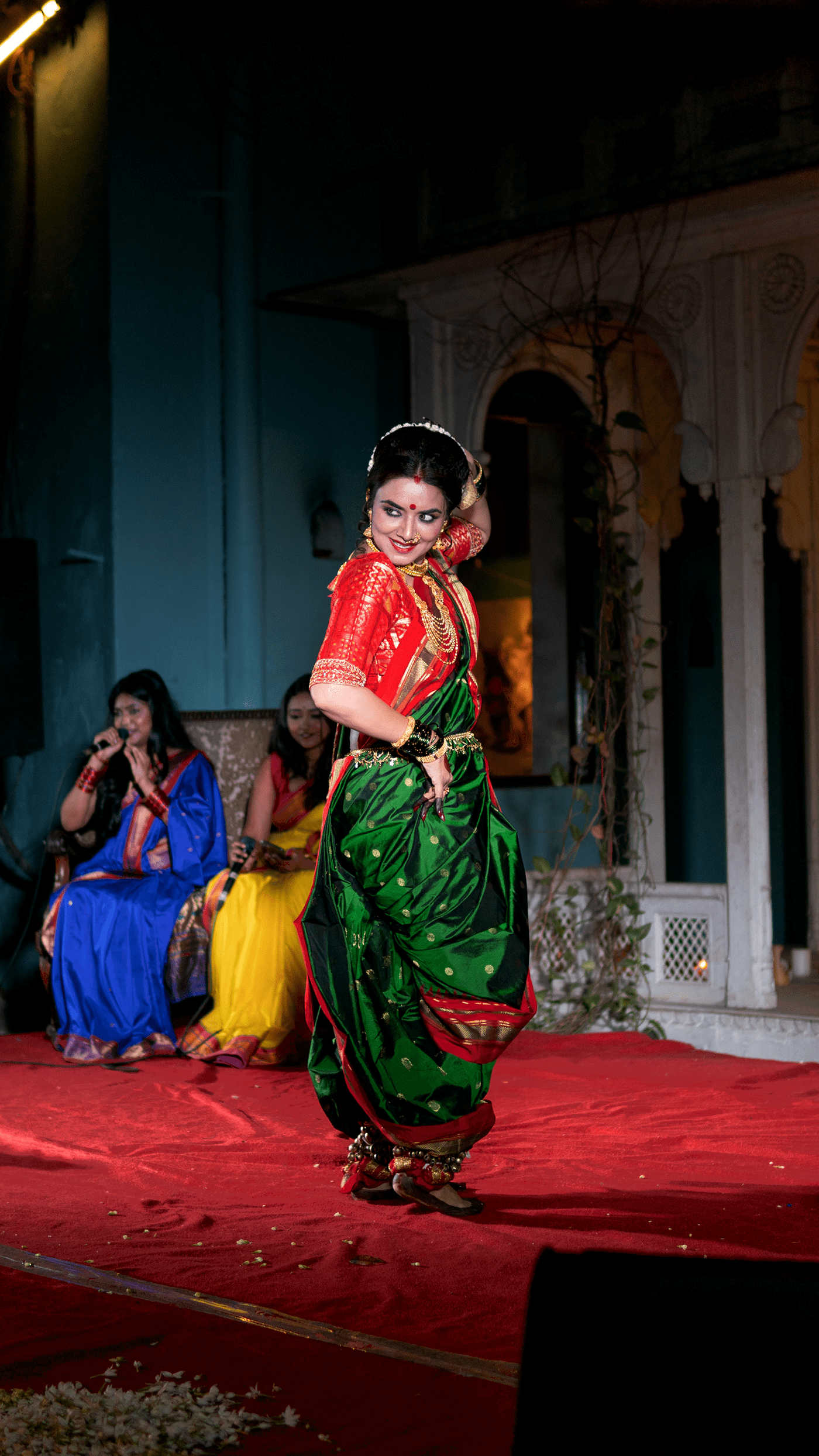



Sudharak Olwe is an Indian photojournalist born in Mumbai in 1966. He is best known for his work documenting social issues and inequalities in Indian society. Olwe grew up in a low-income area of Mumbai and began his career as a darkroom assistant in a photo lab, where he learned the technical aspects of photography.
In the early 1990s, Olwe began to take an interest in photojournalism and started working as a freelance photographer. His work has been published in many prominent publications, including The New York Times, The Guardian, and Time magazine.
Olwe is particularly interested in issues of social justice, and many of his photographs focus on marginalized communities in India. He has documented the lives of slum dwellers, waste pickers, and manual scavengers, among others. His work has brought attention to issues such as poverty, caste discrimination, and environmental degradation.
In 2011, Olwe received the prestigious W. Eugene Smith Grant in Humanistic Photography for his project on manual scavengers, a community that is forced to clean human excrement from dry latrines without any protective gear. He has also received many other awards and honors for his work, including the National Award for Photography in India.
In addition to his work as a photographer, Olwe is also a social activist and has worked to improve the living conditions of waste pickers in Mumbai. He is the founder of the Photography Promotion Trust, which aims to support emerging photographers in India.
Sudharak Olwe was awarded the Padma Shri in 2016, which is one of the highest civilian awards in India. The award is presented by the President of India in recognition of distinguished service in various fields such as art, literature, science and technology, social work, and public affairs.
Olwe received the Padma Shri for his contributions to the field of art and photography. The award was a recognition of his work as a photojournalist, which has brought attention to social issues and inequalities in Indian society, particularly among marginalized communities. The award also acknowledged Olwe's work as a social activist and his efforts to improve the living conditions of waste pickers in Mumbai.
The Padma Shri award is a significant recognition in India, and it has helped to raise awareness of Olwe's work and the issues he has documented through his photography.




Lavani is a traditional dance form of Maharashtra, India. It is believed to have originated in the 18th century and was traditionally performed in the courtyards of the houses of the rich and powerful. The word "lavani" is derived from the Marathi word "lavanya," which means beauty, grace, and charm.
Lavani is a highly expressive and energetic dance form that combines music, dance, and poetry. It is characterized by rhythmic and synchronized movements of the feet, hands, and body, along with intense facial expressions and hand gestures. Lavani dancers wear colorful costumes and traditional jewelry, and the dance is accompanied by traditional musical instruments such as dholki, harmonium, and tabla.
Lavani songs are typically based on themes of love, romance, and society, and are sung in a quick and fast-paced tempo. The lyrics are often provocative and suggestive, but also contain social commentary and criticism of society's double standards.
Lavani is performed by both men and women, but it is more commonly associated with female performers, who are known as lavani dancers or tawaifs. In the past, lavani dancers were considered to be part of the courtesan culture and were often associated with prostitution, but in recent times, the dance form has gained more respectability and is performed on various occasions such as weddings, festivals, and cultural events.
Lavani has several sub-genres, such as phadachi lavani, which is performed on a long piece of cloth called phad; and tamasha lavani, which is performed in the context of a folk theatre performance called tamasha. Lavani has also influenced other dance forms such as mujra and bollywood dance








